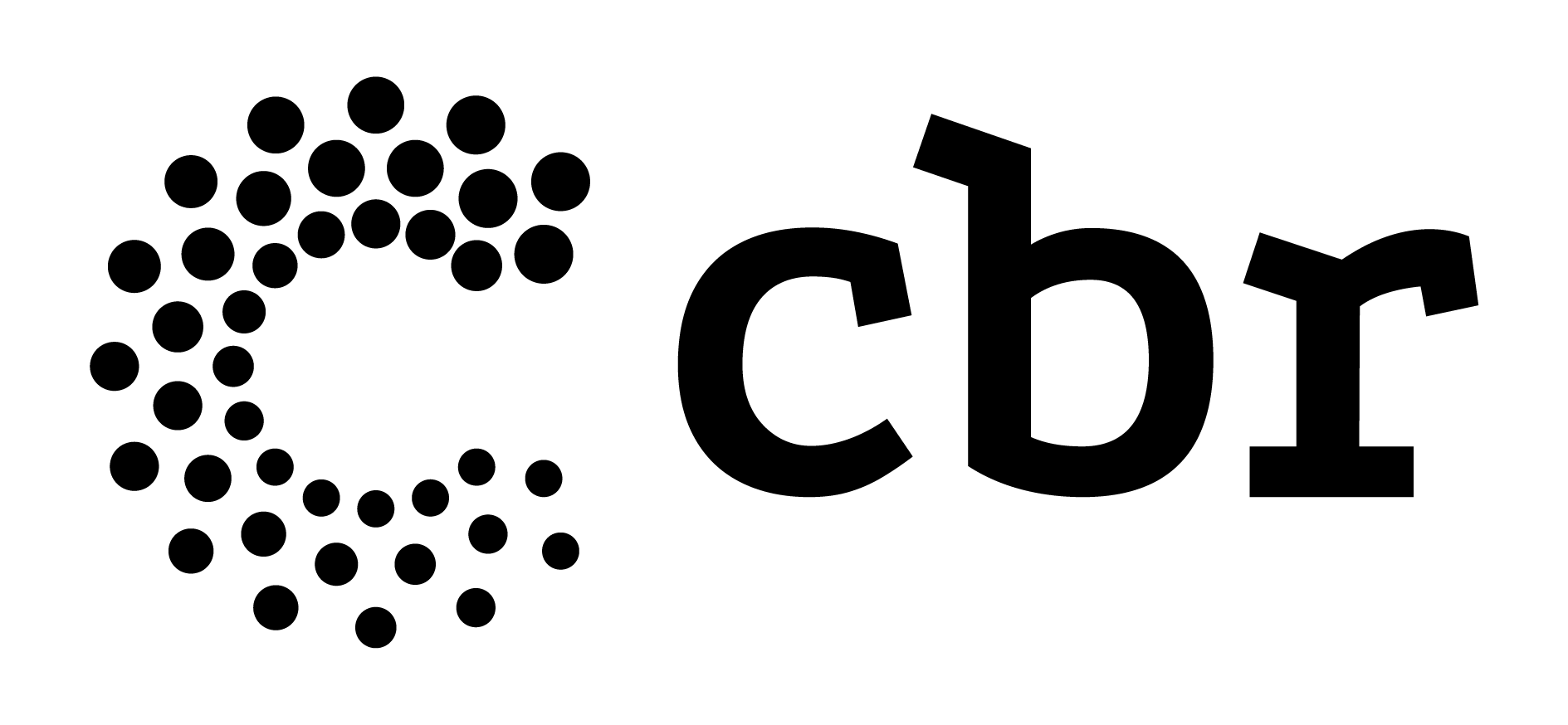Before the TISS (Supplementary Health Information Exchange) standard, it was very difficult and financially unfeasible to reconcile exam by exam, payment statements and disallowances. Starting with the simple fact that many operators did not provide this type of information or, when they sent it, the information was not complete, thus making conciliation impossible without some level of interpretation or risk of being dropped in a wrong service.
All this seems very innocent and bureaucratic, but when we analyze the issue coldly, we realize that clinics do not receive 100%, or anything close to it, than they do with exams.
On the chart, it is clear that there are several stages in which losses can occur and that if there is not a well-designed and implemented process to guarantee the traceability of the tests carried out, we will lose, at some point, this money without realizing it.
For many years, we have heard from clinics throughout Brazil that there are very low or non-existent glossing values, but managers forget that we are not just talking about the glossing that comes from a statement received from the operators. We have several stages of the process that can generate losses even before the billing reaches the healthcare provider.
We came across a situation that clearly showed this. We had high accounts receivable balances with an operator, and when we collected them, we were told there weren't any balances to pay in her system, that we were wrong, and asked to prove tab by tab, exam by exam, that she owed it to the clinic. She knew that we did not have this control, because the statements of this operator did not have a standard and were available in PDF format.
Since we were big, we were able to get the statements for the previous two years and reconcile everything. The fact is that we were able to recover a lot of money and the answer we received from the health operator was that the guides were not processed and that they must have been lost in the process.
After that, we started looking at all the operators and realized that the same thing happened. With that, we understood the need to reconcile 100% of the exams, but we also understood that doing this manually was financially unfeasible due to the number of employees that we should have in the responsible sector.
The TISS 3.02 standard, in its latest version, obliges healthcare providers to send statements in XML format to providers, thus enabling automated reconciliation and ensuring that the clinic will know which exams are performed and how much is received.
The resistance of health operators to make these files available has been great because these unprocessed guides end up benefiting them. When we mentioned this at the meeting of the Committee for the Standardization of Information on Supplementary Health (COPISS) of the National Supplementary Health Agency (ANS), the operators argued that they have offered the providers the statements in XML, but that few have requested them.
Therefore, we recommend that you request your statements and update your clinics' RIS systems so that this process is automated. In the case of health operators that deny or deliver non-standard, report them to the ANS. They should have already started sending the statements since August 31, 2014 in version 03.02, which already brings the aforementioned improvements.
It is worth remembering that the ANS, in a meeting of the Technical Group of Law 13,003/14 held on February 15th, disclosed the information that from January 2015 to September 2016, R$ 11.3 billion were spent on disallowances, 6.69% of everything that was attended in Supplementary Health in Brazil in the period.




